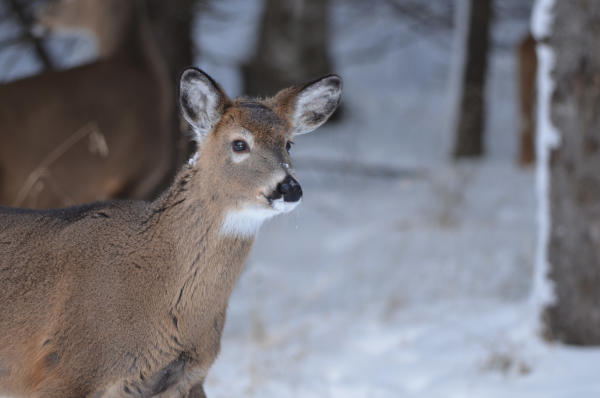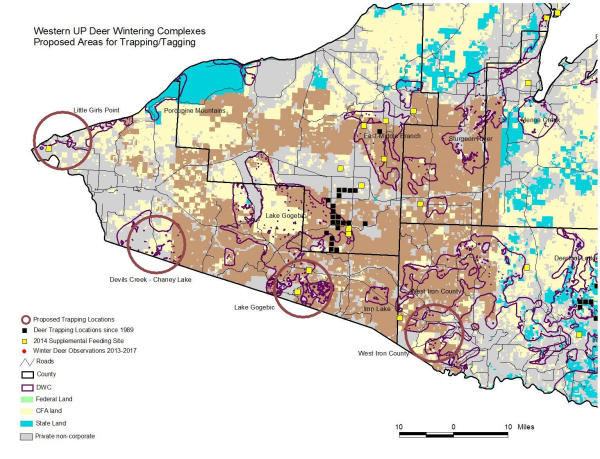BAN STERILIZATION OF GAME SPECIES
CALL YOUR REPRESENTATIVE NOW TO SUPPORT HB 5321
Around this time last year, the Michigan DNR gave the City of Ann Arbor the go-ahead to sterilize free-ranging whitetail deer in some parts of the city while culling deer in other parts of the city, all by White Buffalo, Inc., the same company behind the plan to give vasectomies to bucks on Staten Island, New York.
Introduced by Representative Triston Cole (R-Mancelona) at the beginning of December, HB 5321 would prohibit the Department from issuing permits that authorizes the sterilization of game.
The Humane Society of the United States (HSUS) has been pushing communities and state agencies around the country to adopt sterilization as a way to prevent urban bowhunting or future culling.
Sterilization as a wildlife management tool is not only impractical and expensive, it could even be considered less humane than a well-placed bullet (or arrow).
Next Wednesday, January 24, the House Natural Resources Committee will be taking up this important piece of legislation. Call your representatives today and support HB 5321!
Members of the House Natural Resources Committee can be contacted here, please urge them to support HB 5321:
Gary Howell (R) Committee Chair, 82nd District: (517) 373-1800
Beau LaFave (R) Majority Vice-Chair, 108th District: (517) 373-0156
David Maturen (R) 63rd District: (517) 373-1787
Joseph Bellino (R) 17th District: (517) 373-1530
Daire Rendon (R) 103rd District: (517) 373-3817
Curt VanderWall (R) 101st District: (517) 373-0825
William Sowerby (D) Minority Vice-Chair, 31st District: (517) 373-0159
Stephanie Chang (D) 6th District: (517) 373- 0823
Sara Cambensy (D) 109th District: (517) 373-0498
Also, find out who your representative is here and call them today!
Amy Trotter, Deputy Director
Michigan United Conservation Clubs
PO Box 30235
2101 Wood Street
Lansing, MI 48912
Ph: 517.346.6484
F: 517.371.1505
www.mucc.org









